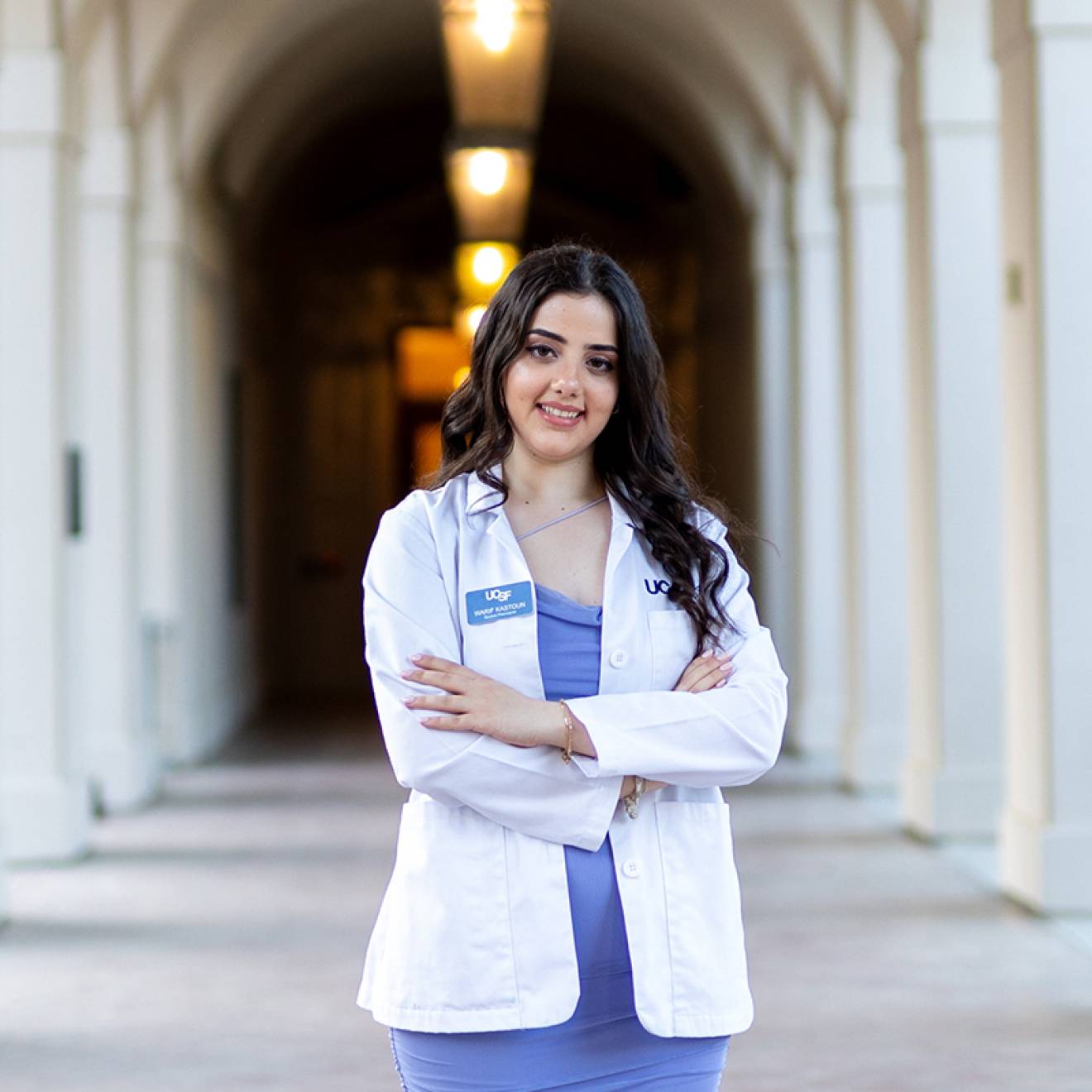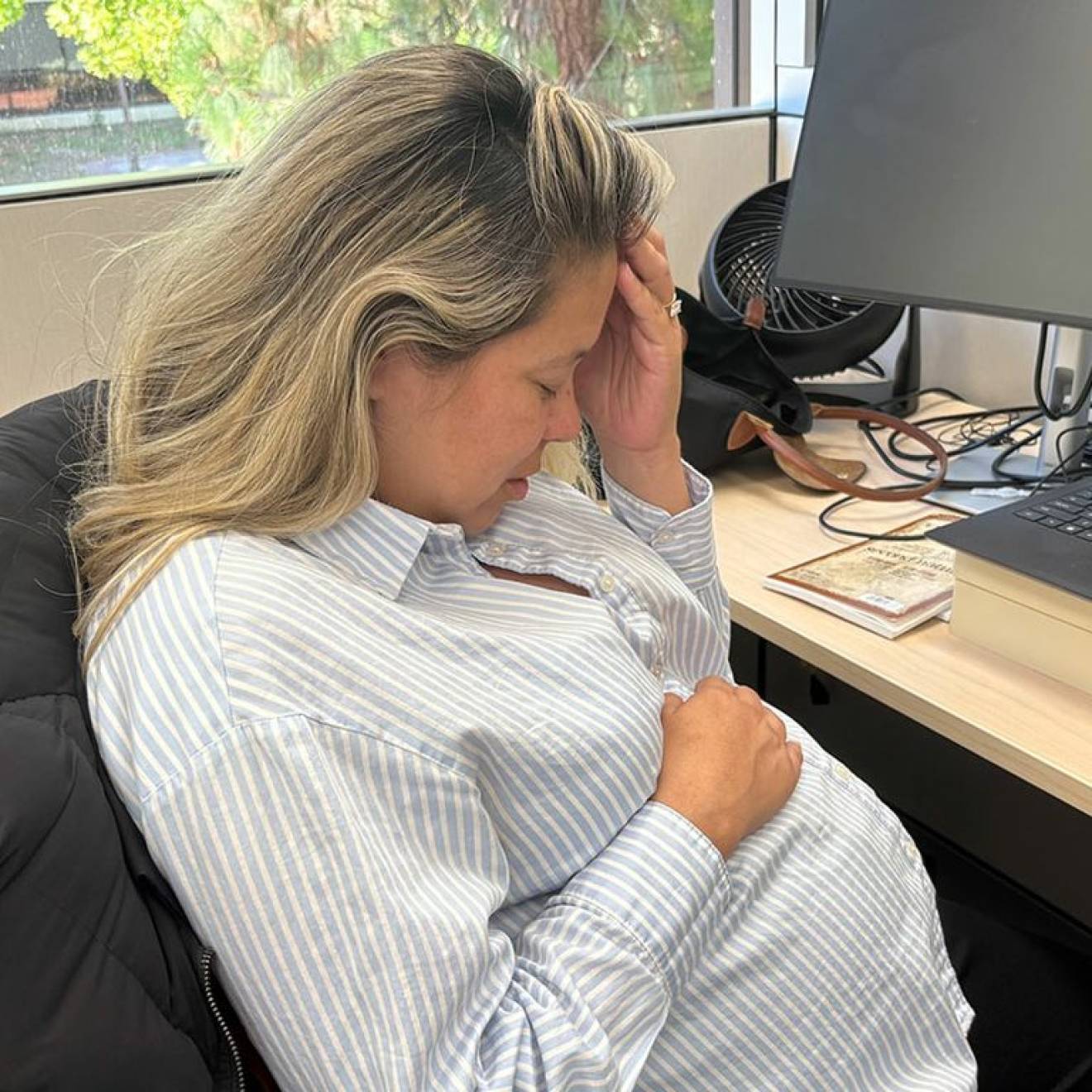Dan Krotz, Lawrence Berkeley Lab
It’s an all-too familiar scenario for many people. You sprain your ankle or twist your knee. If you’re an adult, the initial pain is followed by a long road of recovery, with no promise that the torn ligament or tendon will ever regain its full strength.
That’s because tendon and ligament cells in adults produce little collagen, the fibrous protein that is used to build new tendon and ligament tissue. Physical therapy and surgery help, but for many people, there may always be a nagging reminder of the injury.
But what if doctors could coax an injured tendon to regenerate itself back to its original strength? A solution along these lines may come from an unlikely, feathered source. Berkeley Lab scientists have identified a molecule that guides the formation of tendons and ligaments. And they found it in chicken embryos.
The molecule binds to the outer lipid membrane of tendon cells, and allows tendon cells to signal their presence to other cells. The molecule’s job is to orchestrate growth and collagen production. In a chicken embryo, a dense growth plate of tendon cells work together to spin out collagen and weave new tendon, which is basically a collagen rope. The more cells signaling their presence to each other, the more collagen is produced.
The gene that expresses the protein component of this signaling molecule is highly conserved among animals, meaning a similar molecule performs the same tendon-building job in developing humans.
“More research is needed, but our initial experiments suggest this protein-phospholipid molecule could be administered to adults who’ve had tendon injuries, to spark healthy tendon growth in the same way that happens during embryogenesis,” says Richard Schwarz of Berkeley Lab’s Life Sciences Division, a biologist who leads this research.
Schwarz studied chickens because they’re stars when it comes to making tendons. Chicken embryos start developing tendons just eleven days before hatching, and they enter the world ready to skitter about for food.
“Their tendon-growth process is very fast,” says Schwarz.
The process isn’t nearly as fast in humans, but the idea is the same. When we’re growing, the tendon cells in growth plates are densely packed together, the perfect conditions for collagen production. In adults, however, the growth plates recede and the few remaining tendon cells are at low cell density. They produce enough collagen to maintain tendons, but not enough to repair an injured tendon.
“In adults, tendon repairs are more like darning a sock — adequate, but not like new,” says Schwarz.
Schwarz’s idea is to reignite the tendon-building capability that occurs during embryogenesis and throughout childhood.
“If we could add back this growth factor, then we could make tendon cells believe they are at high density again — and cause them to reform this growth plate,” says Schwarz.
Initial experiments on cell cultures have proved promising, but Schwarz says that more research is needed. For example, one big question that needs to tested in vivo is whether adult tendon can be driven to form a new growth plate — and heal the tendon or ligament in a stronger and faster manner — by injecting a tendon cell-density signal.

